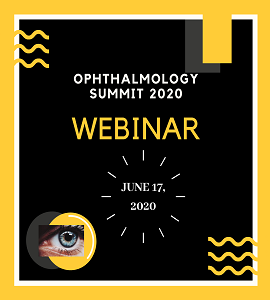Paul H Hughes
University of NSW, Australia
Title: Diagnosis and Management trends of Dry Eye Disease in 2020
Biography
Biography: Paul H Hughes
Abstract
Abstract
Ocular surface disease is a common and often chronic condition that can have a lasting negative effect on quality of life and visual outcomes. The condition is extremely prevalent and environmental and lifestyle factors are partially responsible.
It is grossly under diagnosed and is exacerbated by surgical procedures and it affects refractivediagnostic techniques with poor keratometry affecting IOL calculations.
The literature describes several definitions, classifications and treatment methods and will be discussed in the paper.
The cause, differential diagnosis, masquerade syndrome and the various approaches to take in the treatment of OSD will be highlighted.Classification of dry eye disease will be discussed in detail compared to normal tear film physiology. The role of Meibomian gland dysfunction in the disease will be discussed.
Ocular surface disease data from the ESCRS 2018 Clinical Trends Survey Results will be mentioned.
OSD is a complex disease where treatment is dependent on the cause. There is no quick fixand it is essential to work together with the patient in developing a treatment plan to optimize the ocular surface prior to surgical procedures especially refractive.

